15 Reasons Why Renovating May Cost More Than You Think
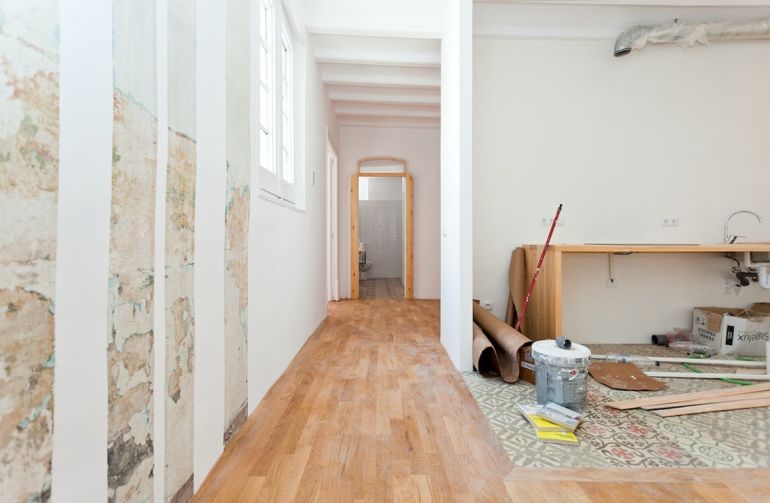
The most important step of planning a home renovation is getting a budget sorted as early as possible. However, there are a number of issues which may arise midway through your renovation and might come as a bit of nasty shock if you haven't already taken them into account. Here are a few of the most common problems renovations are faced with - hopefully, by developing an awareness of these potential eventualities in the early stages of your project, you'll be better prepared to deal with the process as a whole and ensure you get the result you're looking for, regardless of the bumps along the way.
1. Access limitations

Access limitations can often mean that time-saving machinery and equipment can't get access to the site - for example, not being able to get a scissor lift in to reach high places for wiring, plastering, painting, and so on. This means that you have to use ladders and scaffolding instead.
2. Excavation equipment
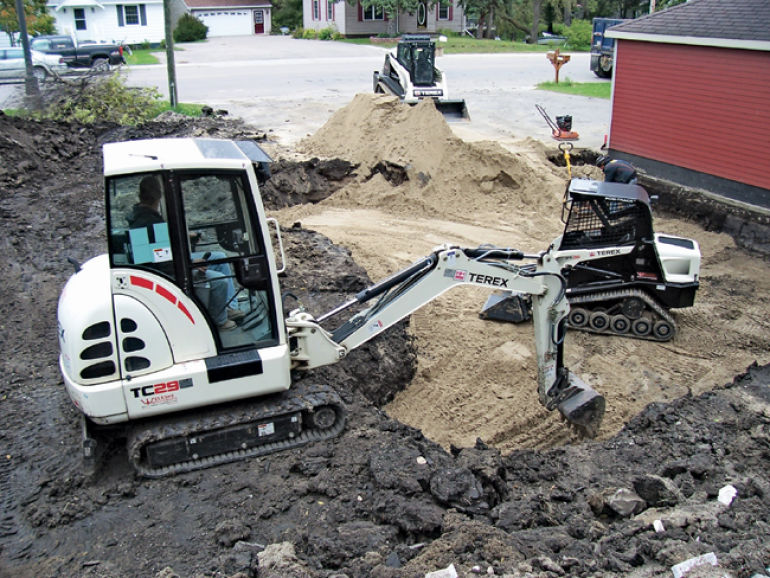
Similarly, the access for excavation equipment is often limited. This means that the size of excavation equipment used is smaller and takes more time and money.
3. Transport of material
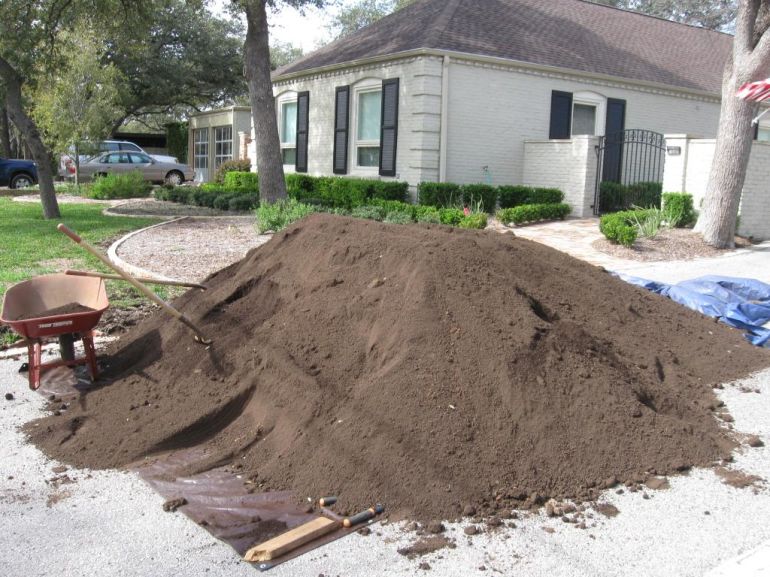
In any renovation project, the distance across which materials and rubbish must be transported adds to the overall cost. Given that most renovations take place at the rear of the house, carrying materials and transporting equipment over this distance can be time-consuming and back-breaking.
4. Short-term structural support
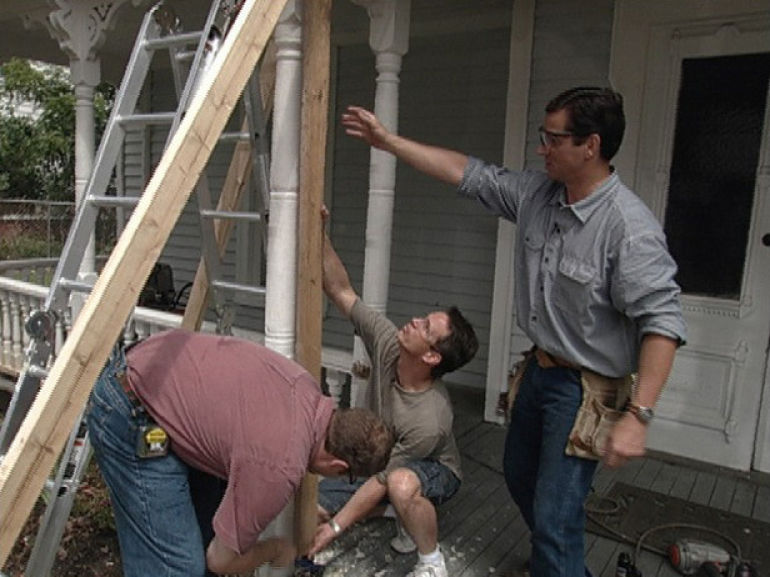
Modern home renovations often involve removing load-bearing structural walls. Whilst this opens up the home and creates space and light, it also creates the need for shoring and bracing to hold up the building while structural changes are being made.
5. Transport by hand

Material handling in home renovations is more expensive. Many materials are moved by hand rather than forklift or truck because of limited space - for example, moving concrete with a wheel barrow and timber by hand.
6. Wall demolition
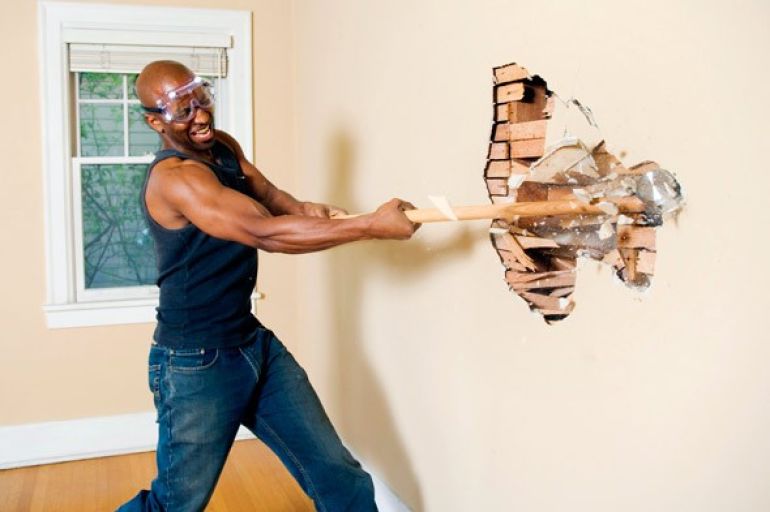
When renovating, you're often trying to match the existing building in construction materials, look and colour. In some cases it can be easier to remove entire walls, doors or windows rather than trying to match what is already there.
7. Awkward ordering

Often renovations are done bit by bit, meaning that the standard order of tradespeople cannot be followed - for example, you may need to complete the painting before you do the restumping, which then means you need to do the painting again.
8. Smaller tasks, higher costs

You lose the 'economies of scale' associated with building a new home. As a result of using fewer building materials, and tradespeople for smaller tasks, you are often charged a higher rate than a builder.
9. Trades cannot work simultaneously
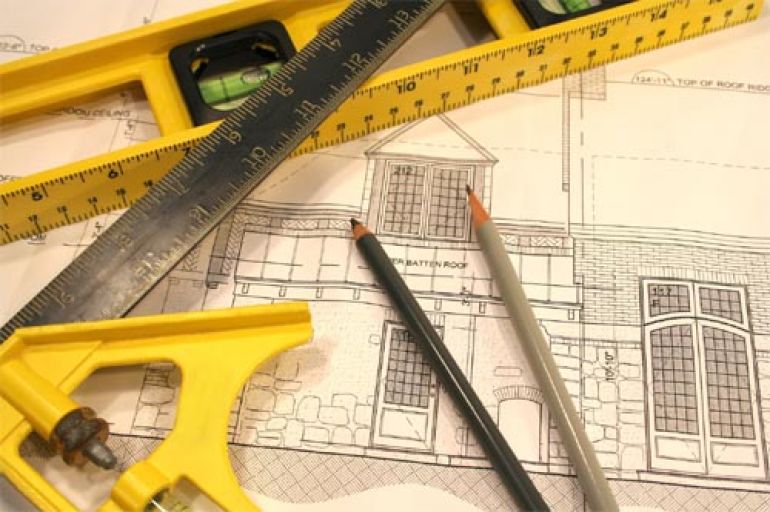
Scheduling the different tradespeople efficiently can be difficult - often only one trade can work at a time due to limited space. In new constructions, for instance, you can have plumbers working on one part of the home whilst electricians are working on another
10. Renovation dust

Unfortunately, dust proliferation is an unavoidable truth when it comes to renovations. Time and effort will be spent to protect the rest of your home from dust damage.
11. Unexpected delays
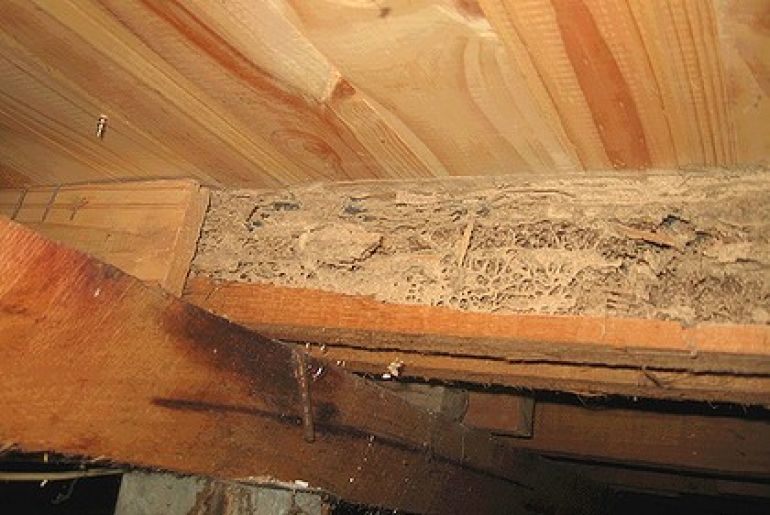
Unexpected delays often cause cost blowouts. In renovations, delays can be caused by finding unforeseen problems such as termites, rotten foundations, rising damp, electrical wiring in need of repair, and so on. This will need to be attended to before the renovation can continue.
12. Unusual positioning of pipes and wires
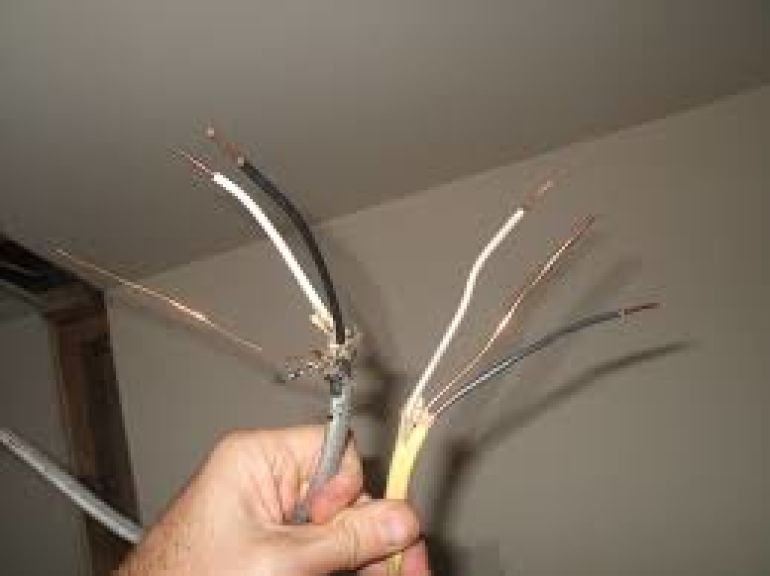
Plumbing and electrical wiring in old homes may often be in difficult places or following illogical paths. Re-wiring may take longer than expected if past electrical work has snaked wires in unusual positions.
13. Materials out of manufacture
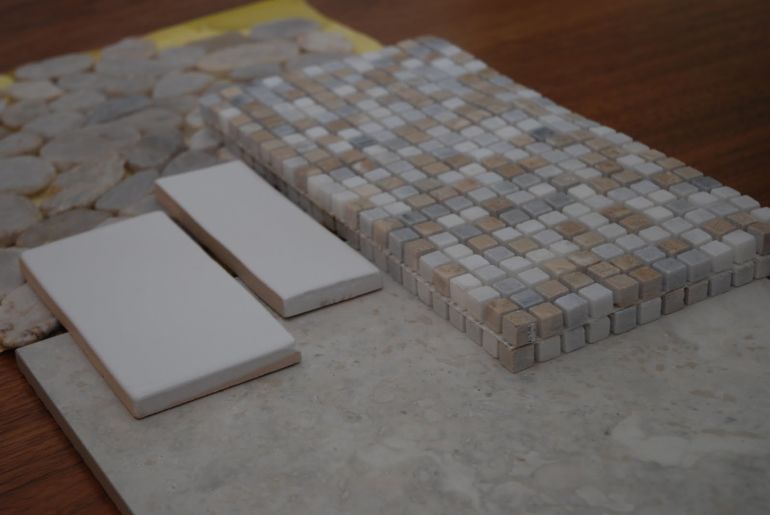
When attempting to match the new renovation to the existing design for continuity, you may find that materials used in the original construction, such as tiles, are no longer being manufactured. Substitutions can be expensive and difficult to find or you may even consider re-doing other areas of the house with the new product.
14. Home protection
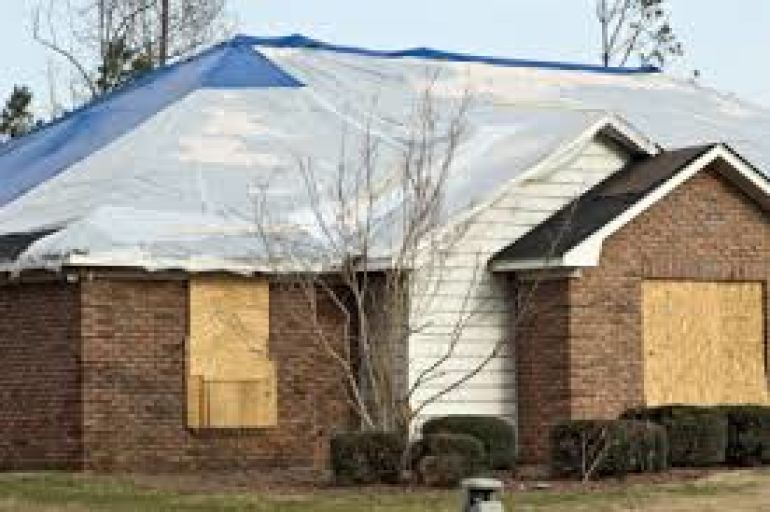
Depending on the nature of your renovation project, and the weather conditions in your area over this time, protecting your home with tarpaulins may be necessary.
15. Call-out fees
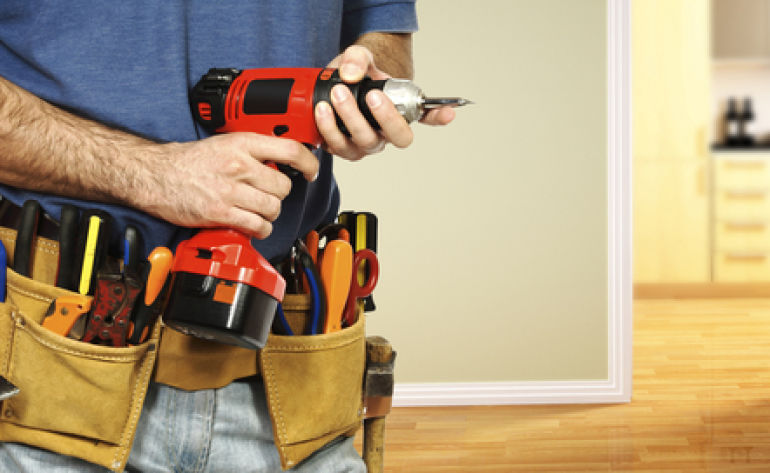
When it comes to fiddly jobs and final touches on your renovation, the call-out fees for tradespeople will add up - a 30 minute job could cost you $200 rather than the smaller hourly rate. Wherever possible, avoid hiring someone for a singular, small job.
...
What can you ask a renovator to try and prevent these problems arising?
Before you hire a renovator you should consider the following:
- What insurance coverage is being provided by the renovator? Are you and your home adequately protected?
- What happens if the home renovation is delayed before it starts? What happens if the project is delayed in completion? What are the penalties for delays?
- How are changes and extras calculated? When are changes and extras paid for?
- What warranty is the renovator supplying? How long does it last for?


